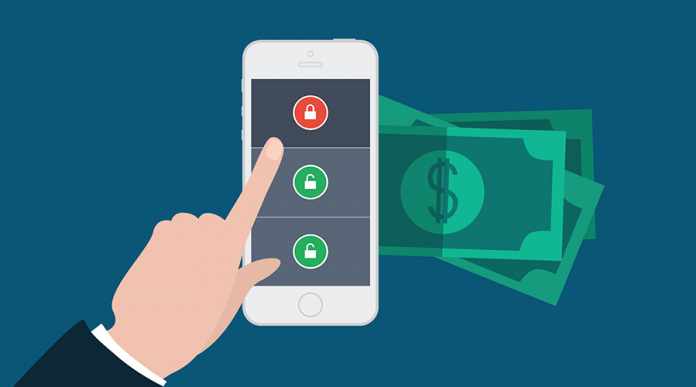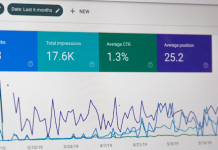There are several paths you can follow when it comes to smartphone app monetization. In this post, we will look at some common app monetization tactics and explore the possible effect on app development and interaction. Here is the Ultimate Guide to Mobile App Monetization.
Create a Free App and a Premium App
One common monetization technique for apps is offering both free and premium variants of the software. In this strategy, software developers can either regulate some functionality of the free app to enable free app consumers to move to the paying app, or monetize the free app through in-app ads.
This approach has two main advantages. Firstly, it offers a free opportunity for consumers to explore the basic features of the software at no expense. Secondly, it often provides the software developer with an increasing user base for future monetization by product updates or in-app ads.
Create a Free App with In App Purchases
In-app purchases are another common app monetization technique. The software itself, and typically the basic functionality of the app, are free of charge.
However, if the consumer wants to move faster and more efficiently in the app, you can offer in app purchases. This also depends on your business model and the type of app you are developing.
This method is quite popular in the mobile gaming industry as it generates large amounts of revenue. In certain instances, consumers can also gain access to paid services or features without paying for them.
If they are willing to wait that long for those capabilities to be activated or to communicate with the software often enough, they may use the application for free forever. In other instances, certain choices will not be open, because app creators will only have a couple of items accessible free of charge, whilst some will only be available via in-app purchases.
Create a Subscription Model for your Free App
Any developers have chosen to build free applications with a payment model. In this approach, the software is free to use with no access to the material or resources available.
It allows consumers to opt out of the membership package in order to reap the maximum benefits. This app monetization approach is widely found across apps that are focused around a service or some form of created content.
In this strategy, the software can quickly be found in app stores as a free app when consumers browse for similar material. This is ideal to help companies develop an existing user base and expand the user base into paying app subscribers.
Create a Premium App
In certain instances, creators can only have their applications accessible in the premium app. Usually, these applications provide special value that is hard to find anywhere. This monetization technique is most popular among efficiency applications.
Remember that if you use this path, the applications you build should have adequate utility or unique features to satisfy those consumer needs. Otherwise, you’ll have a rough time creating a customer base to raise money for your product.
Create Partnerships with Related Third-Parties to Your App
If an app is really common in a small sector, businesses in that area may contact the app creator with advertising deals to get their brand in front of the app users.
So while you’re trying to create the next product, you should also think about the target customer base that the app might draw and the kind of brands that might be involved in that demographic.
If the consumer base is broad enough, monetization by brand sponsorship, collaboration, or acquisition may also be a smart option.








